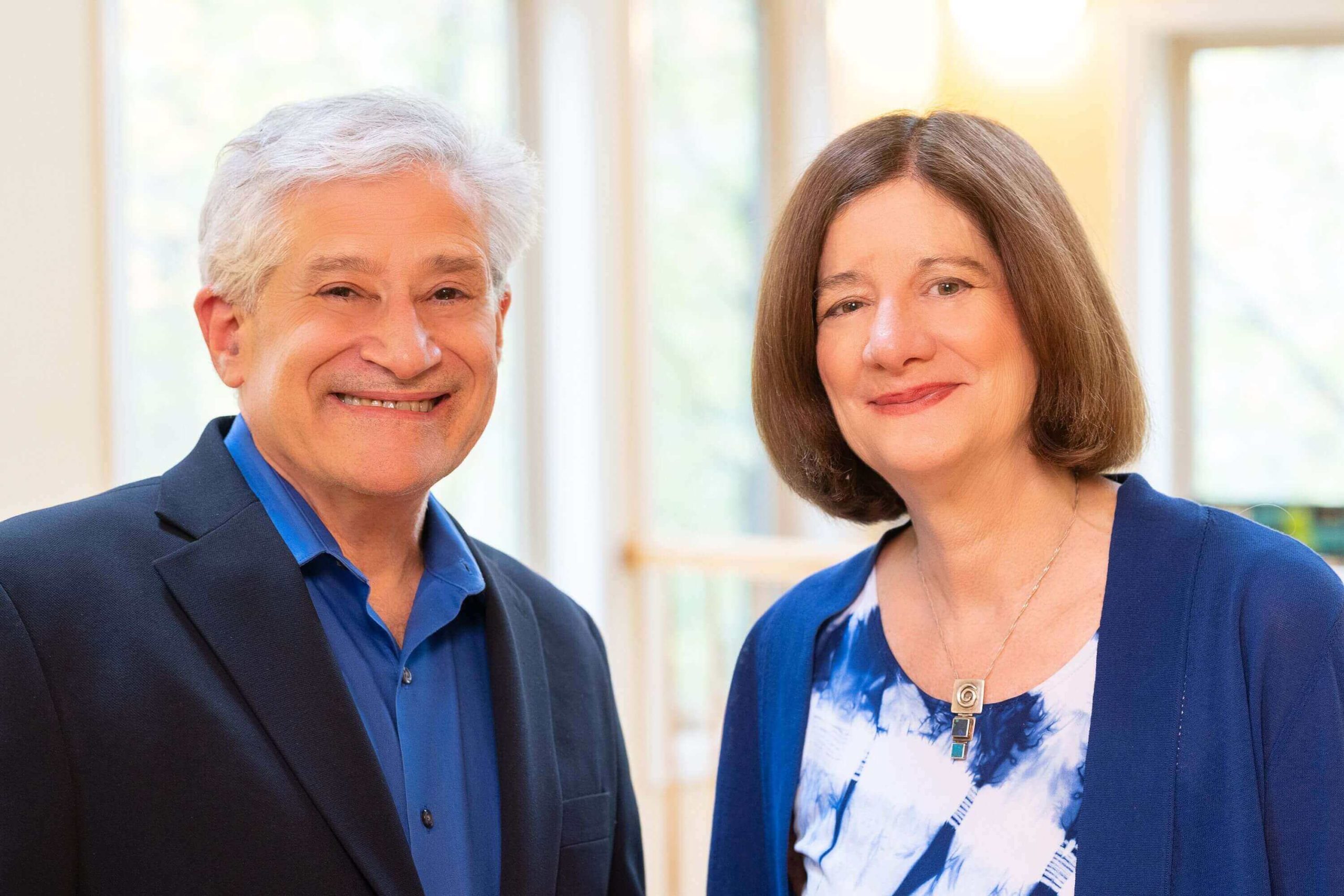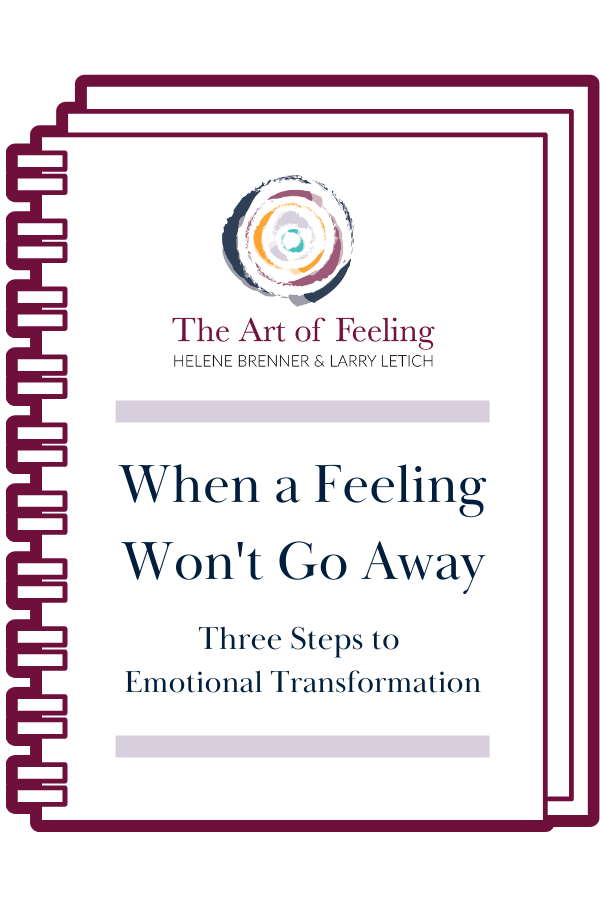Okay, that’s probably an exaggeration.
And why not? Innumerable studies suggest that practicing mindfulness can make you physically and psychologically healthier. It’s been found that among other things, mindfulness can possibly help people sleep better, increase memory, reduce depression and anxiety, improve the functioning of our immune system, and improve our ability to handle stress. It may even slow down aging.
But what exactly is it? Mindfulness can be described as the act of consciously keeping your attention focused on the present moment, in a calm, accepting and nonjudgmental manner. It’s paying attention to whatever’s going on inside you—your thoughts, feelings and bodily sensations—as well as what’s going on around you, without immediately labeling any of it “good,” “bad,” “right” or “wrong.” On top of that, it’s doing this without getting caught up in what happened yesterday or what you’re going to do tomorrow or …. looking at your smartphone.
Since this, to say the least, is not the way people normally go about life, most people cultivate mindfulness, or at least experience it for brief periods, by learning and practicing some form of mindfulness meditation. To practice mindfulness meditation, typically you sit calmly and pay attention to your breath, and when your mind inevitably wanders, you gently let go of whatever you’re thinking and come back to your breath. Lather, rinse, repeat, as many times as necessary.
Some forms of mindfulness meditation, especially Insight, or Vipassana, meditation, go further. They put special emphasis on processing feelings as well, by naming them, acknowledging them, sometimes meditating on them, and eventually letting them go.
Over time and lots of practice, you as the meditator hopefully learn that you are not the same as your thoughts or feelings. You can let go of reactive thinking and harmful habitual emotional patterns, since they are not as inseparable from you, nor as “real” and “true” as they may seem.
All this is so helpful for living an emotionally successful life. Developing the ability to reflect upon your thoughts and feelings and not just react from them may be the most vital skill in the Art of Feeling.
But within all the talk of accepting our emotions nonjudgmentally through mindfulness, there’s still a subtle bias against them. Emotions, for the most part, are looked upon in a limiting way. Feelings, like thoughts, are treated as not particularly worthwhile or useful.
But are our feelings really this pointless? Are our mistaken feelings nothing but … mistakes?
Or are they trying to speak to us, help us, get through to us?
Focusing: A Powerful Method for Emotional Awareness
What if all your emotions, even the ones you least like, are trying to tell you something important? What if the best way to achieve lasting change is not trying to fix, correct or quiet “erroneous” emotions and states of mind? What if a more effective path is listening deeply and compassionately to all that is within you and engaging with all aspects of your inner self as you would with your best friend?
This is the path followed through the process of Focusing.
Focusing is a mind-body self-help approach developed in the 1970s by psychologist Eugene Gendlin at the University of Chicago. The story begins all the way back in the 1950s, when Gendlin was doing research on what made some people gain more from therapy than others. Gendlin found that therapy clients who progressed most rapidly in therapy were those who worked through their issues by intuitively getting in touch with a subtle, unclear feeling inside them that he called the “felt sense.” This felt sense was nothing like standard therapeutic insights and very different from simple feelings like sadness or anger. Rather, it was a vague, hard-to-put-into-words yet clearly visceral feeling.
Many therapies today use the term felt sense, but before Gendlin named it, nobody had ever heard of it. Gendlin, however, was decades ahead of his time. The neuroscientists of today would recognize that the felt sense is related to interoception, the group of internal senses that tell us what’s going on within our bodies, which we’ve written about elsewhere on our blog. It’s related to what neuroscientist Antonio Damasio termed a somatic marker, and what neuroscientist A.D. “Bud” Craig called the global emotional moment. It’s the first inklings of feelings in the body to be consciously registered in the mind, before they get turned into words and thoughts.
While some therapists of the clients in Gendlin’s study were better at evoking their clients’ felt senses, for the most part it seemed that some clients instinctively knew how to tune into their felt senses and would do so as long as the therapist didn’t get in their way. When they tuned in and stayed with their felt sense, what started out vague, fuzzy and hard-to-explain became clearer. The more they did this in subsequent sessions, the more they changed and grew in therapy.
Gendlin called the process he was observing “Focusing” and decided it could be taught to people, who could then do it on their own without a therapist, especially if they paired up with another “focuser” and traded focusing sessions. His 1982 book on the method, titled (appropriately enough) Focusing, sold more than a half-million copies and has been translated into 17 languages.
Over the past four decades, Focusing has been taught to hundreds of thousands of people around the world. It has been changed and refined in many ways by different teachers, most prominently Ann Weiser Cornell, author of The Power of Focusing, who developed her approach, called Inner Relationship Focusing or IRF, over 30 years ago. IRF is now practiced by Focusers in more than 20 countries on five continents.
Focusing, and especially Inner Relationship Focusing, involves a very special way of listening to your inner self. Focusing posits that all of our inner states have a good reason, from their point of view, for being the way they are, and a purpose for existing. That’s why changing how you feel inside to the “right” way is so hard, and rarely very successful. Being fully “heard” and understood through the Focusing process allows our inner feelings to change of their own accord, often transforming them into positive forces in our lives.
Or as Ann Weiser Cornell phrases it, “Everything inside you wants to save your life.”
Developing an ‘Inner Relationship’ Through Focusing
Like mindfulness meditation, Focusing begins with a patient, welcoming acceptance of your inner experience. The first step of Focusing is to sit quietly, then notice and identify what you’re feeling in your body as closely and honestly as you can. For example, it might be “Yes, I am afraid of my boss,” or “I have this nervous, jittery feeling in the pit of my stomach.”
Then you do nothing—not a single thing—to make it go away, or even explain it. You simply pay attention to it exactly the way it is.
But accepting all of your feelings, or felt senses, isn’t enough. You need to develop an inner relationship with them. As you accept your feelings, you acknowledge that they’re only a part of you. You can do this by simply saying to yourself something like, “A part of me is afraid,” or “Something in me is angry” or “There’s a feeling of sadness in my chest.”
Then you can “keep company,” in a sense, with the part of you that’s afraid, angry or sad, just as you would with a very good friend who’s feeling troubled, and listen compassionately to what “it’s” going through. We call this disidentification, and it’s key to the healing process in Focusing.
The idea that you have separate, living “parts” inside may sound a bit odd. Yet it’s precisely the ability to “step out” of your hurt, incomplete, unresolved feelings and problems while remaining emotionally connected to them that gives you the power to heal them. When you move out of total immersion in painful or angry feelings and just be with them, frozen and stuck emotions and inner states can melt and flow and change. Even strong, painful and confusing emotions can be felt and healed.
True disidentification is a remarkable and transformative experience. It’s not imagined, but a fully engaged cognitive and emotional bodily-felt state. Disidentification allows for a two-way extended communication between your frozen, split off, exiled inner feelings and your whole self, which listens with acceptance and compassion. As the process unfolds, layers of hurts, fears, angers,and denied or conflicting inner “parts” emerge into awareness, leading, as they are heard and understood, toward a resolution and new integration of your whole self.
The Felt Shift
This integration or series of integrations create felt shifts that often provide an entirely new understanding of whatever issue you’ve been struggling with, and bodily-felt solutions that you wouldn’t have reached by “thinking things through.” Felt shifts are completely different from consciously trying to become a “better,” less reactive person. And they feel good too. They feel as if something disconnected within your being has been reconnected, something misaligned has come back into alignment.
IRF is the main self-healing and self-care practice that we both use–the one we learned 30 years ago from our now very dear friend and colleague, Ann Weiser Cornell. It forms the foundation of everything we do as therapists, and for those clients who wish to learn it fully, we teach the process and guide them through it. We wouldn’t have the remarkable life we’ve had and be the people we are if we hadn’t learned and practiced this both personally and professionally as Focusing-oriented Therapists.
While all forms of mindfulness meditation have great value, Inner Relationship Focusing taught us that no feeling or place inside you needs to be denied or rejected or corrected. You don’t need to meditate for years to discover that you have the ability to embrace and listen to everything within you with compassion. You can directly experience it.
Your feelings, all of them, have something good to give you, if you know how to listen to them. And your Self can heal yourself. This is the radical message and gift of Focusing and Inner Relationship Focusing.


 We’re Helene Brenner and Larry Letich. Helene is a licensed psychologist in private practice for more than 30 years. Larry is an individual and couples therapist. Besides being therapists, we’re co-authors and partners in life and love for more than four decades.
We’re Helene Brenner and Larry Letich. Helene is a licensed psychologist in private practice for more than 30 years. Larry is an individual and couples therapist. Besides being therapists, we’re co-authors and partners in life and love for more than four decades. 

0 Comments